As a passionate and history-loving tourist, you should expect plenty of wonderful things to do in Isfahan that awaits you impatiently.
Iran a country with rich and unknown ancient history, is one of the most attractive places in the world for visitors who are interested in historical monuments and remnants, and Isfahan is undoubtedly one of its most fascinating cities.
Isfahan, which is located 435 km from Capital, is the third-most populous city in Iran after Tehran and Mashhad, and also has the highest number of tourists after Mashhad.
The sights of Isfahan are astonishing and magnificent, and many historical houses, mosques, and monuments have remained intact and in good condition, which attracts any viewer involuntarily.
Everywhere in this very old city, signs of Iranian culture and traditions are visible, which testifies to a proud ancient history of Persian civilization. No wonder voyagers on their journey to Iran called Isfahan “half of the world”.
Here we are going to introduce some historical attractions of Isfahan that definitely would interest the history buffs:
Naqsh-E Jahan Square
Naqsh-E Jahan Square in Isfahan, which is officially known as Imam Square, is one of the most magnificent historical Squares in Iran.
This rectangular open-field in the center of Isfahan was one of the first Iranian monuments to be registered on the UNESCO world heritage list 40 years ago.
Naqsh-E Jahan Square, like a point of intersection, connects unique historical sites which are: Sheikh Lotfollah mosque, Imam mosque, Qeysarie gate, the grand bazaar of Isfahan and Aali Qapu Palace.
Also, there are 200 two-story chambers located around the Square, which they are usually Isfahan handicrafts stores.
Naqsh-E Jahan Square, built in the Safavid period (dynasty era), was designed with a length of 525 meters and a width of 159 meters, while at the same time, the “Place des Vosges” in Paris with a square design, each side of which was not more than 140 square meters, was ordered by Henry IV in 1612 AD.
According to the existing travelogues, Naqsh-E Jahan Square has been a renowned hub for countless ceremonies and rituals include Polo (sport), fireworks, military parades, and patriotic celebrations.
The two stone pillars that are located in front of the Imam mosque and their symmetry in front of the grand bazaar indicate playing Polo and other sports in the field.
There are four markets on the four sides of Naqsh-E Jahan Square, which are connected to the square by shops inside the place. In the Safavid era, these markets were each dedicated to a job.
Read more: A Memorable 1-Week Family Visit of Isfahan
Aali Qapu Palace
Visiting Aali Qapo palace, the most eye-catching building in Naqsh-E Jahan Square, can be one of the exciting things to do in Isfahan.
Aali Qapo palace is a mansion raised in the west of Square and front of the Sheikh Lotfollah mosque and has a worldwide reputation as one of the most important architectural masterpieces of the early 11th century AH (1597 AD).
The date of construction of the Aali Qapo dates back to 1054 AH and its founder is “Shah Abbas I” and after the transfer of the Capital from Qazvin to Isfahan, it was built to be used as a governmental and residential base for Safavid Sultans.
This magnificent palace was considered one of the best palaces in the world during the Safavid period. It has all the features and advantages of a royal palace.
This mansion is 48 meters high and has 6 floors that lead to each other with spiral stairs. The most spectacular part of this palace is the stucco artistic shapes on its top floor, which is known as the music room or sound room, and the shapes of various instruments can be seen. The other glorious feature of this building lies in its miniatures, which are the work of the famous artist of the Safavid era, Reza Abbasi, and have given a special effect to this work.
Read more: Azadegan tea house, Isfahan, Iran
Sheikh Lotfollah Mosque
Sheikh Lotfollah mosque, another special structure built during the Safavid era which today is considered a very incredible and popular sight in Isfahan.
This mosque is a masterpiece of architecture and tiling of the 11th century AH and was built by the order of “Shah Abbas I”, by master Mohammad Reza Isfahani, one of the famous architects of that period.
The construction of this mosque took about 18 years, and after many years, it is still an amazing outstanding example of using color and light in architecture. One of the wonders of this building is the peacock, which is designed in the inner center of its dome and its feathers are completed by the light coming from the upper arch at the entrance of the mosque. You can lie on the floor of the mosque and watch this amazing peacock design.
This religious place was built in honor of Sheikh Lotfallah Misi and attracts many tourists every year.
Imam Mosque
Isfahan Imam mosque, also known as Shah mosque, Soltani mosque, or Jameh mosque, on the southern front of Naqsh-E Jahan Square, is one of the most glamorous mosques in the Islamic world, which was built by order of “Shah Abbas I”, by master Ali Akbar Isfahani.
The door of the mosque is decorated with silver and gold sheets and belongs to the period of “Shah Safi”, the successor of “Shah Abbas I”.
Inside the mosque, there is a central courtyard with four porches and two side courtyards. The two domes are built on the south side and the space between the two domes is about 12 meters high. The height of the outer dome from the floor of the mosque is 50 meters.
All surfaces, walls, domes, minarets, and arches of the interior and exterior of the mosque are covered with seven-colored arabesque tiles.
The colors are attractive, the doors, domes, and minarets are magnificent and dazzling and the combination put heavenly majestic images in front of you. plus repetition of building elements, symmetrical arches, the charm of a large pool, complex tiling, etc will all amaze you as well.
Read more: Jameh Mosque of Isfahan, Iran
Qeysarie Gate
Qaisaria gate is another structure belonging to the Safavid era, which is located in a corner of Naqsh-E Jahan Square and at the main entrance of Isfahan grand bazaar.
In the past, this building had 3 floors, but after the demolition of one of the floors, today only two floors of this structure remain.
The ruined floor belonged to the Naqareh Khaneh, (a place that has music instruments called Naqareh, used to announce times of the day to people.) The second floor belonged to the offices and business affairs, and on the lower floor, there were chambers for salesmen.
Qaisaria gate consists of four side doors, the main gate, and a pool and on top of that, paintings by Reza Abbasi, the bell of Deir Hormoz, and the clock of the Portuguese castle can be seen.
This entrance draws you to the bustling corridors of Isfahan’s grand bazaar, which is the beating heart of the great city of Isfahan.
Chehel Sotoun Palace
Chehel Sotoun (forty columns) palace located in the west of Naqsh-E Jahan Square, is a very famous historical mansion in Isfahan and has an area of 67,000 square meters.
The construction of this magnificent palace began during the reign of Shah Abbas I and ended during the reign of Shah Abbas II.
Poems inscribed there representing its history, introduce this palace by the title of the most blessed building in the world. Chehel Sotoun palace architecture is a combination of Chinese, Iranian, and European design and has a main porch that faces east.
This porch consists of two parts: one part which is based on 18 wooden and high columns and the middle four columns which are placed on 4 stone lions and their carving is such that two lions are shown to one human head.
Menar Jonban
Menar Jonban another amazing structure of ancient Iran that was built during the Ilkhanate period and was nationally registered in 1321 AH.
A simple brick building, but very extraordinary and mysterious. This building has a porch in the style of the Mongol period and two minarets, which was built on the tomb of a seventh-century mystic named Amo Abdullah Karladani.
This minaret, despite its great strength, shakes in its place, and this has led to it being called Menar Jonban (amoving minaret), which, unfortunately, these days visitors are not allowed to shake it anymore.
The masters of tiling at that time decorated this unique work with star-shaped and azure-colored tiles.
What makes this building famous is that by moving one of the minarets, the other minaret also moves. With a spiral staircase, you can access the roof and minarets, inside each minaret, 17 steps lead to the top.
Si O Se Pol Bridge
Si O Se Pol (33 bridges) or Allah Verdi Khan Bridge is a unique historical structure with 33 spans which is a symbol of Anahita.
This bridge is another masterpiece of the Safavid era and one of the most famous bridges in Iran.
Si O Se Pol bridge was built over the Zayandeh Rud (river) under the supervision of Allah Verdi Khan, the famous Safavid general.
In the distant past, this bridge was a place for celebrations and ceremonies of scholars, elders, and other people.
Si O Se Pol has always been admired by many experts in the world; to the extent that Percy Sykes (soldier and history writer) calls it one of the world’s foremost bridges and Jean Chardin (traveler) considers it a wonder of architecture.
Khaju Bridge
Khaju Bridge is a popular tourist attraction and one of the things to do in Isfahan can be strolling on this bridge which is lovely especially at night, and the admirable lighting that has been done there has added to the beauty and charm of this place.
Khaju Bridge is one of the most unique architectures of the time of Shah Abbas II, which was built on the Zayandeh Rud. Another name for Khaju Bridge is Baba Roknedin.
Khajoo Bridge is located in the east of Si O Se Pol and in addition to eye-catching architecture, it also displays interesting paintings and its middle part shines like a jewel.
In the corners of the eastern side of Khajoo Bridge, two stone lions can be seen, which are probably the symbol of Bakhtiari troops and protectors of Isfahan in the Safavid era.
Fire Temple of Isfahan
The fire temple of Isfahan is an ancient monument on the mountain with the same name, belongs to the Sasanian empire.
In the distant past in the land of Iran, this fire temple has been a place for religious ceremonies and preservation of the sacred fire.
Exact information about the date of construction of this place is not available, but historians have found that this building has been used throughout history.
The remaining structure is cylindrical and made of adobe, located in a place that completely overlooks the surroundings. It has seven large windows and one entrance and it is designed so that the sacred fire can be seen from the outside after being lit.

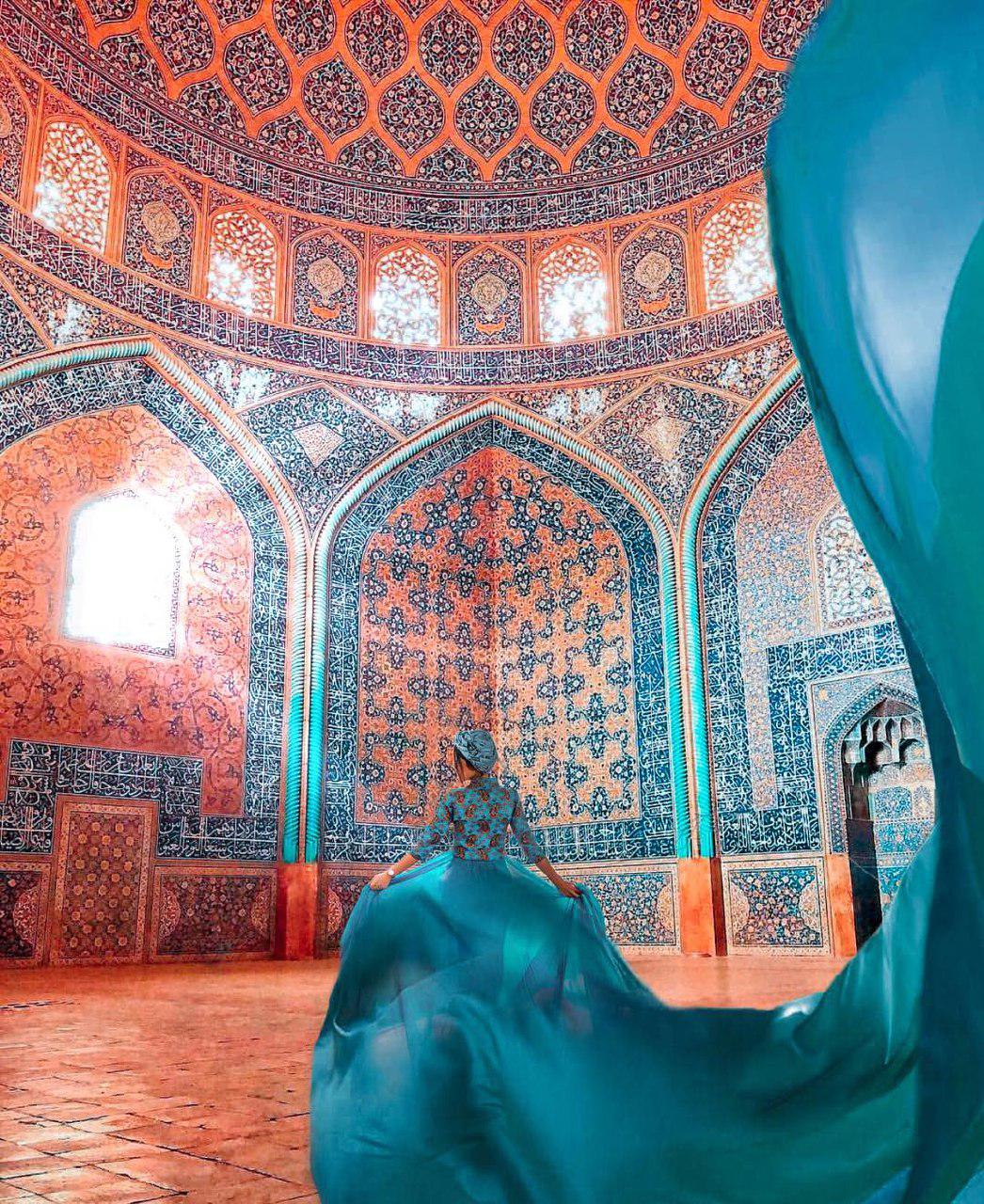
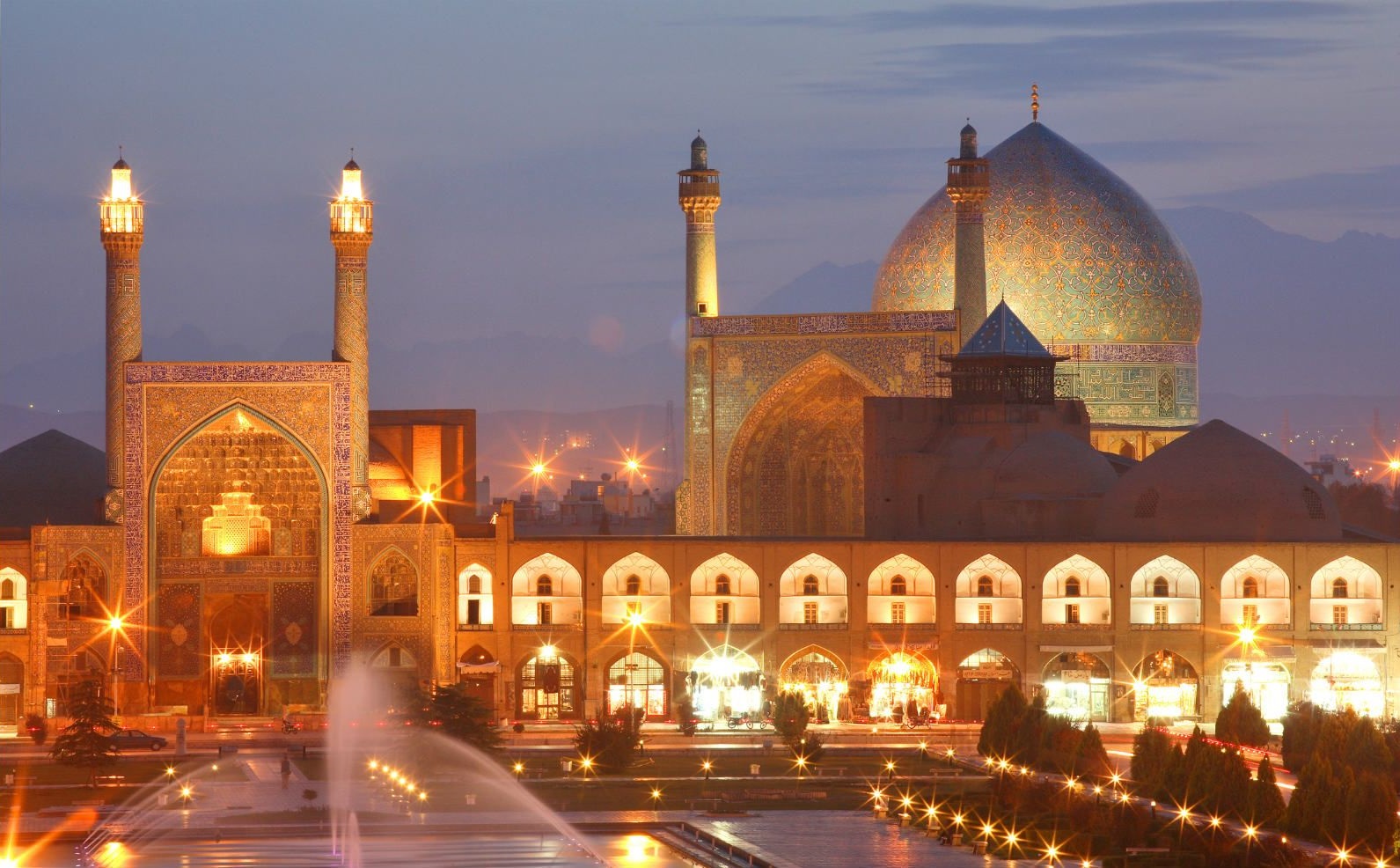
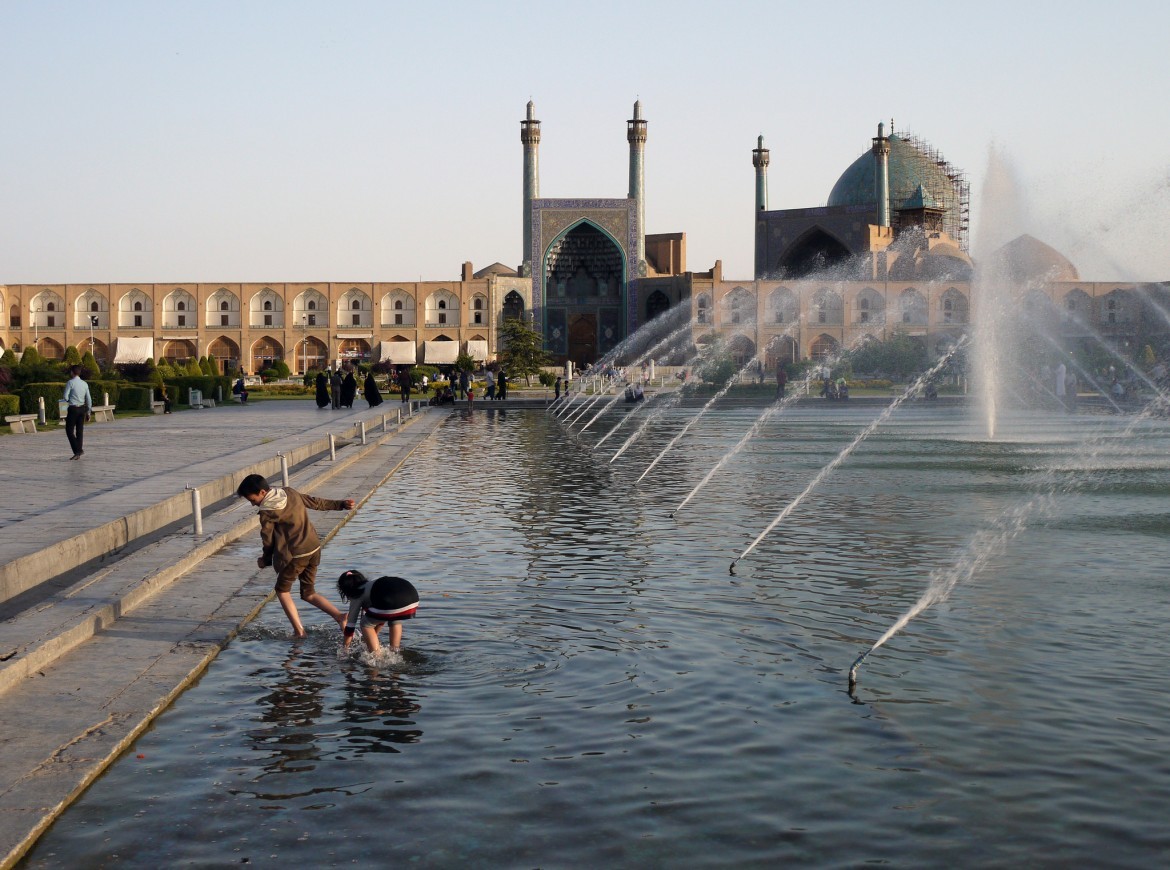
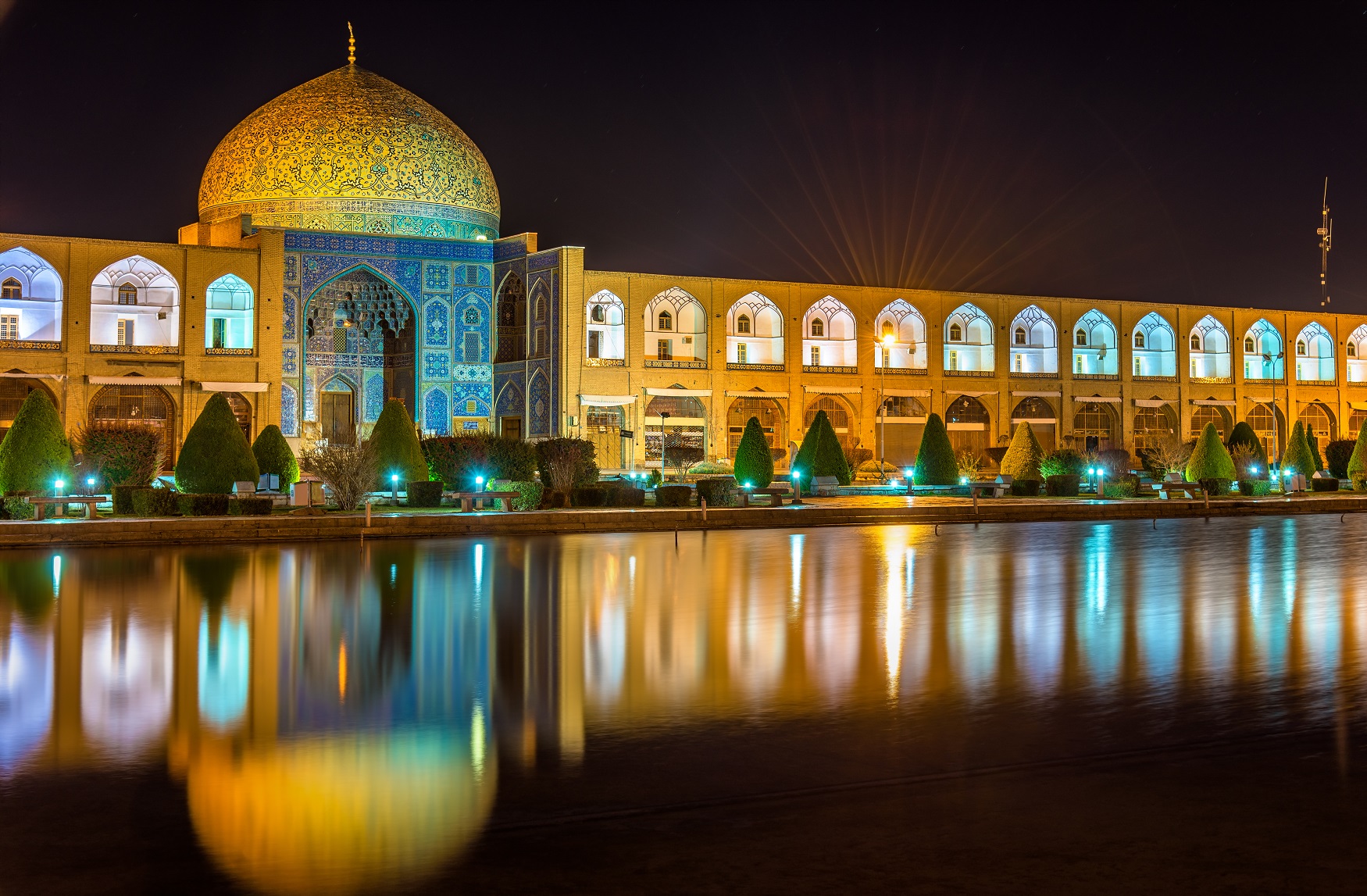
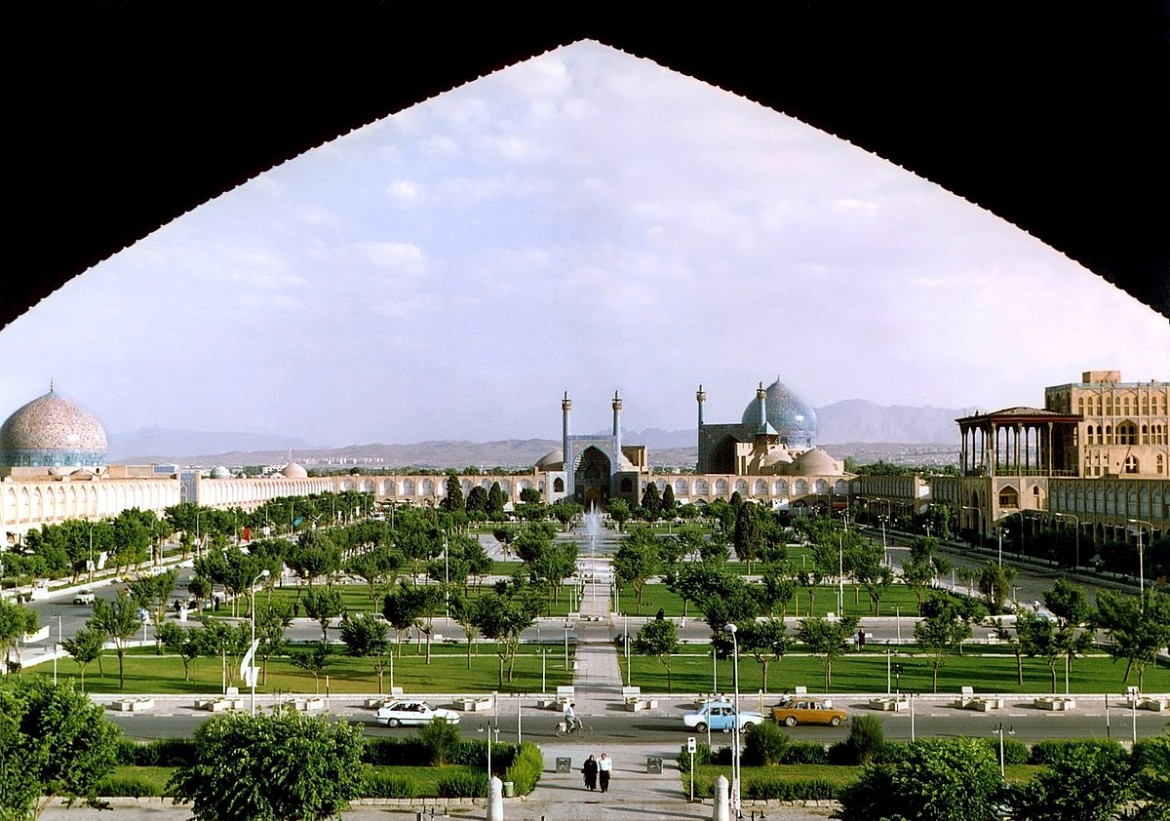
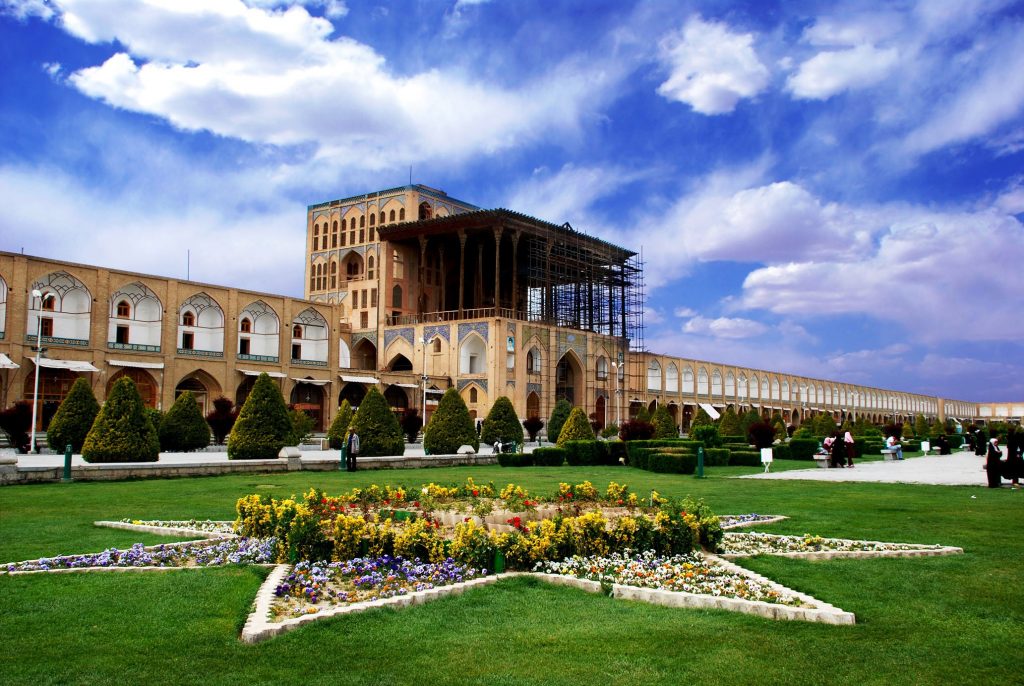
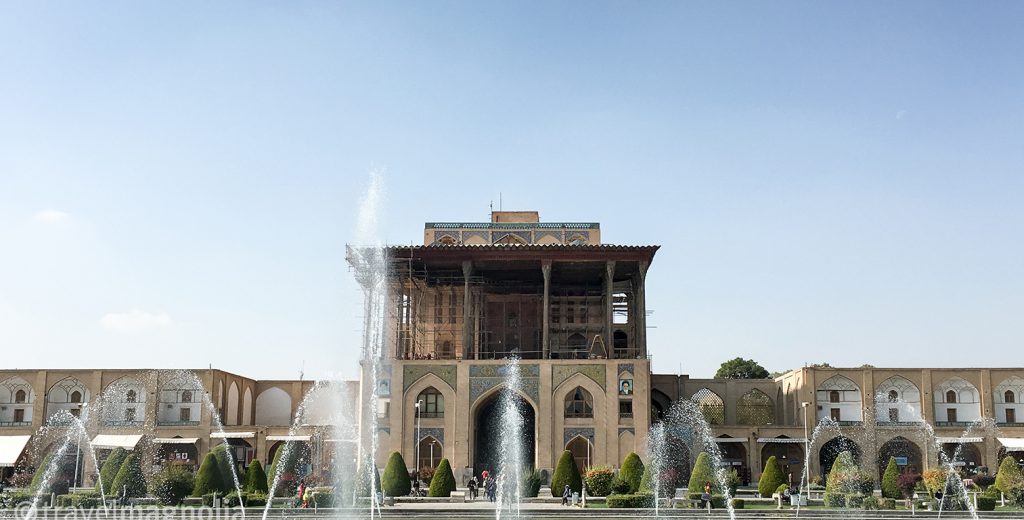
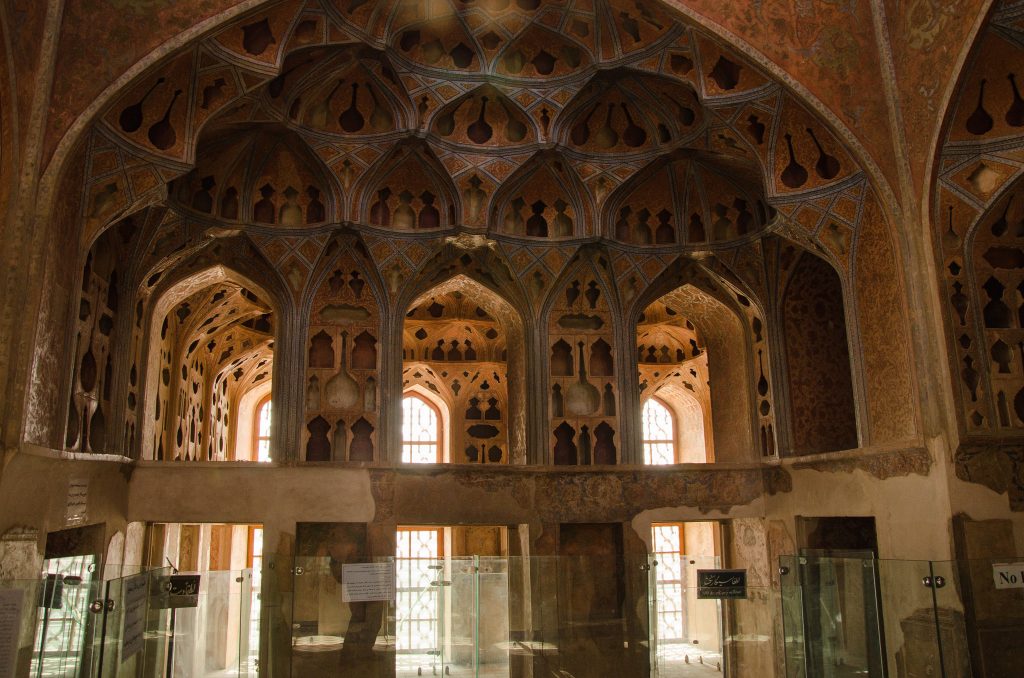
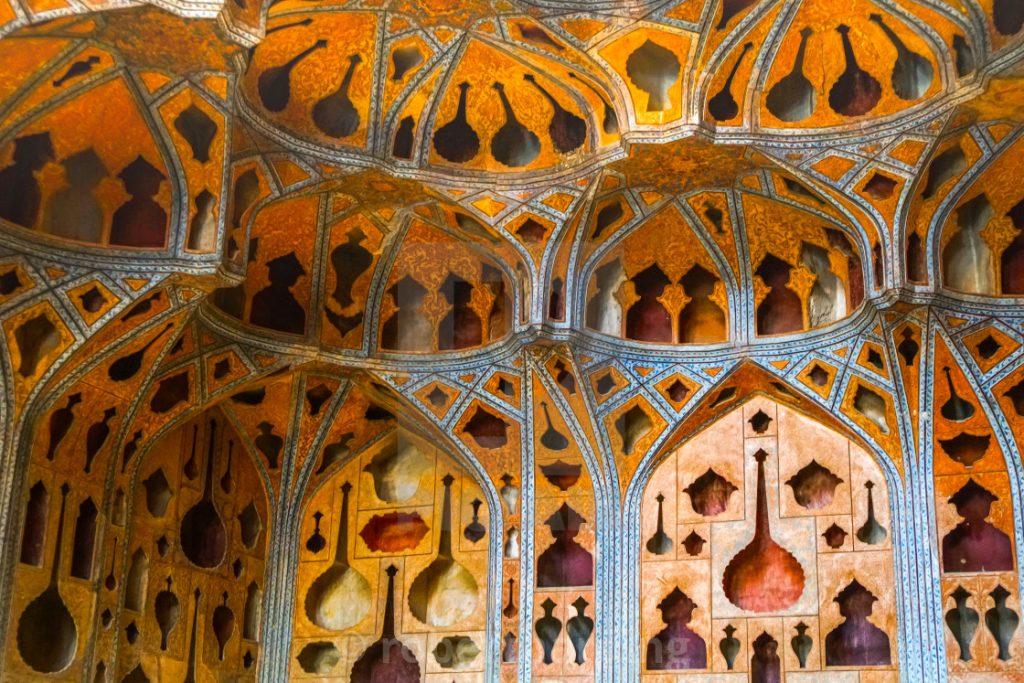
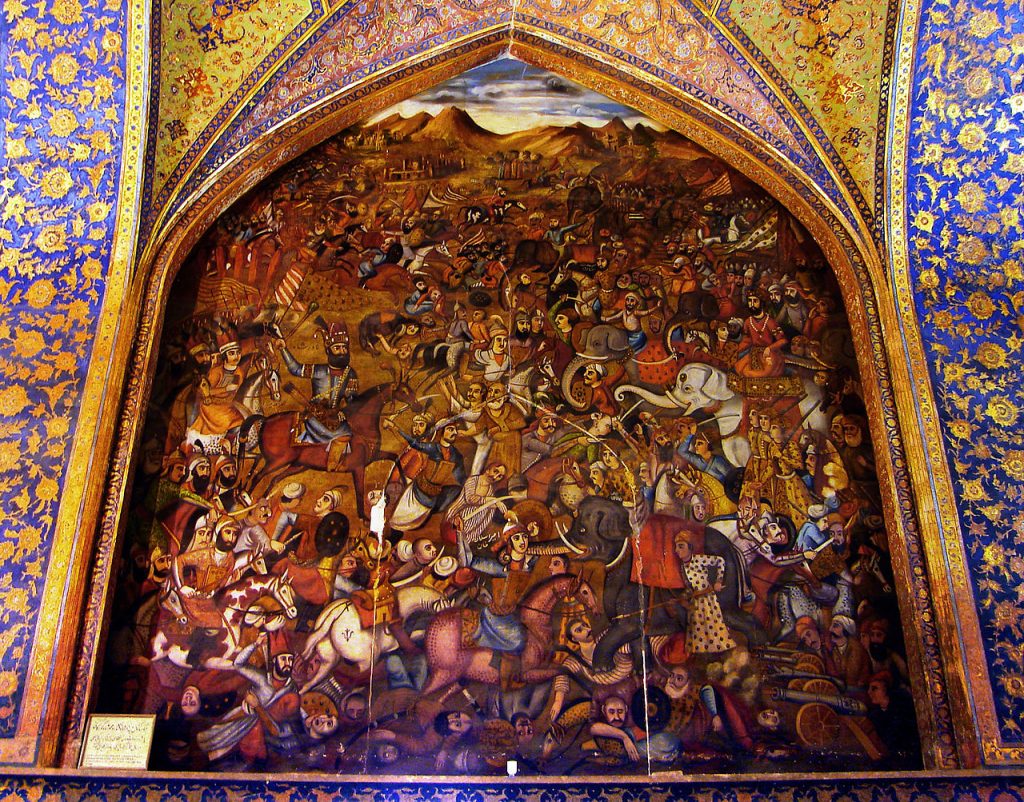
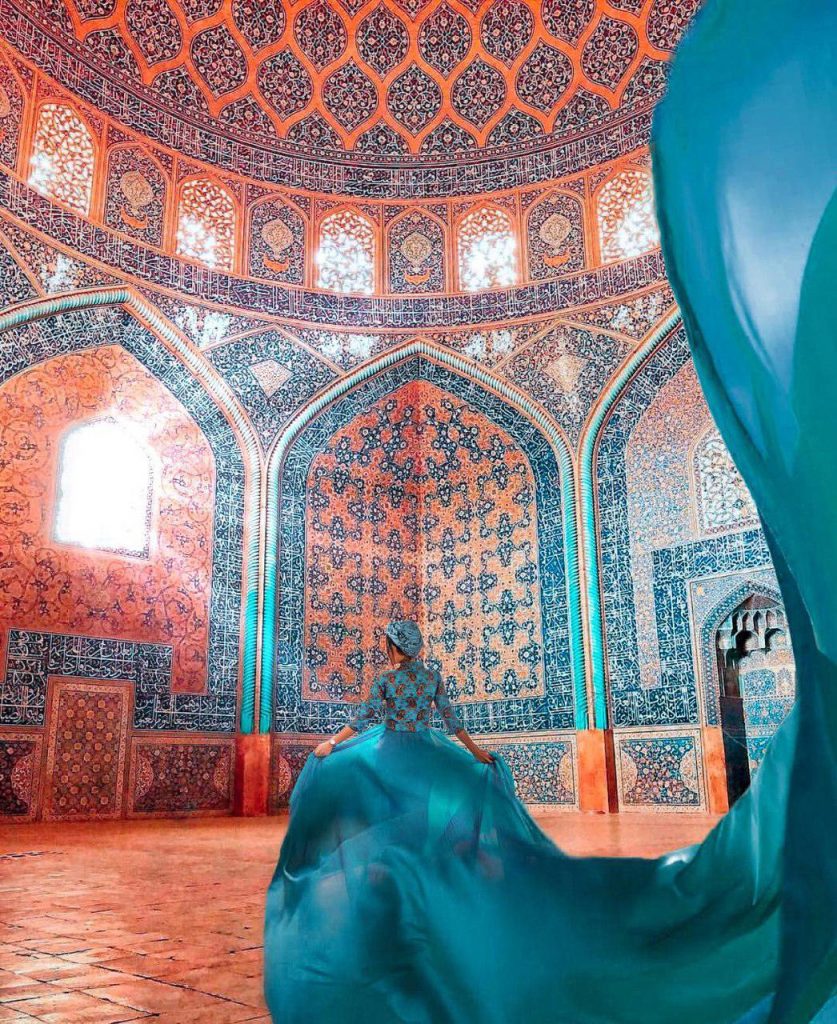
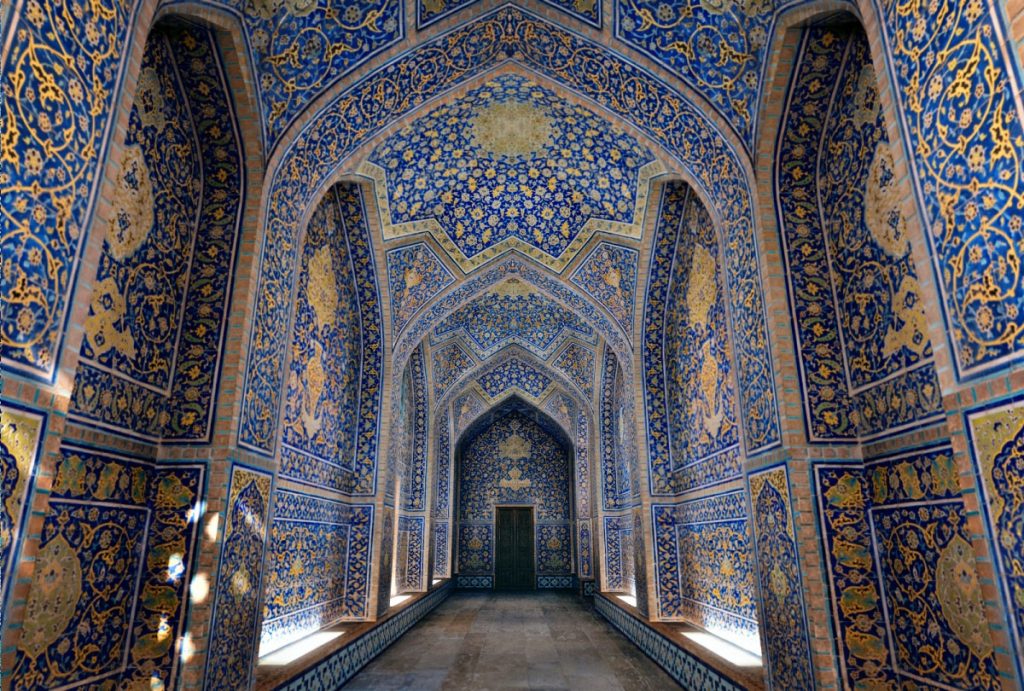
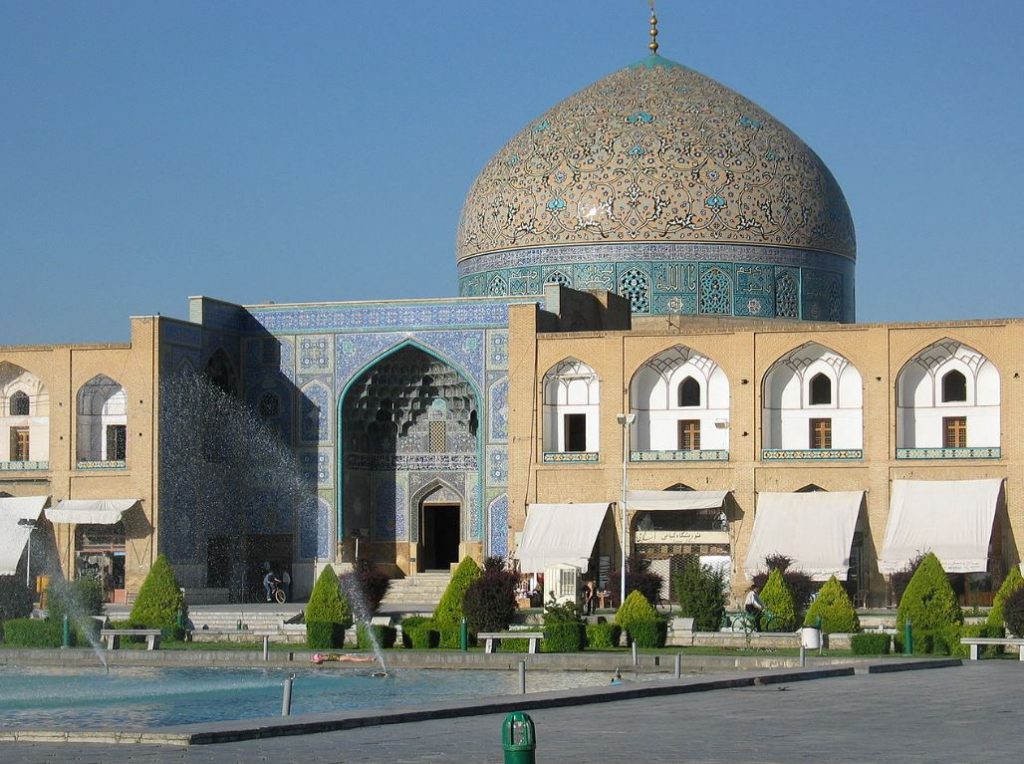
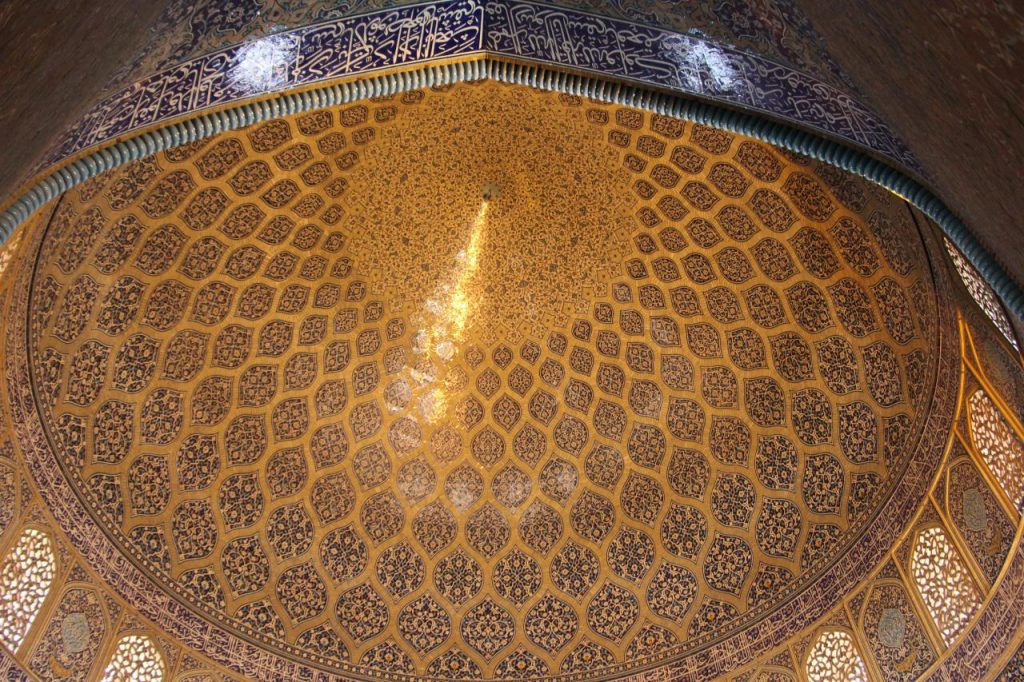
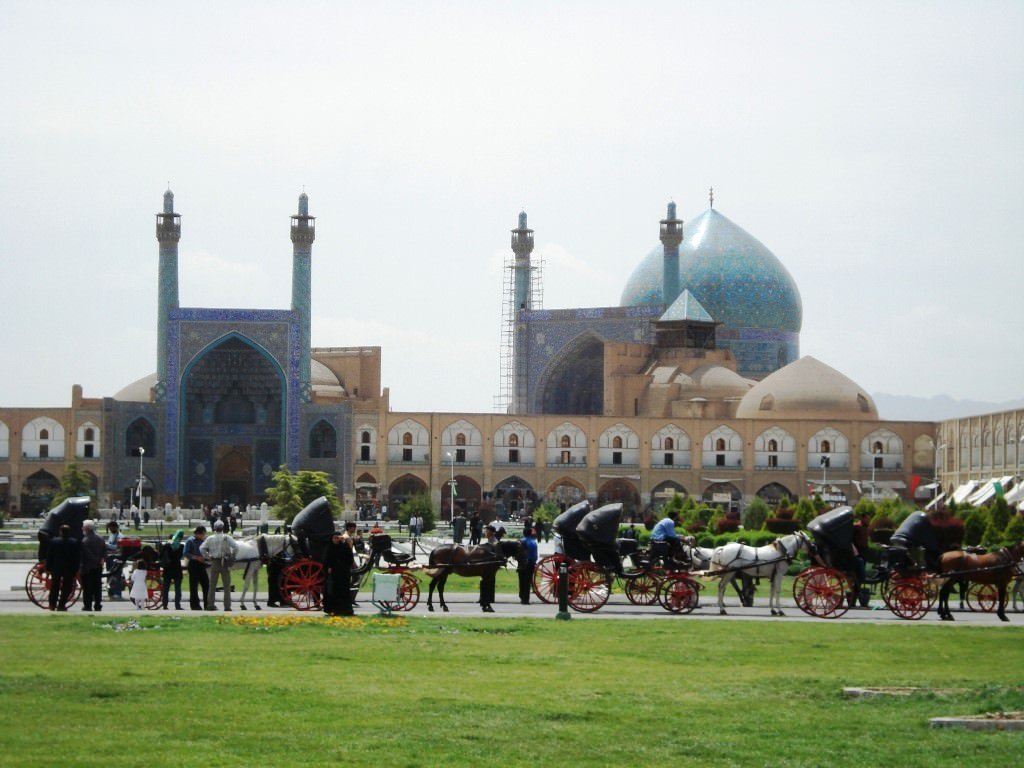
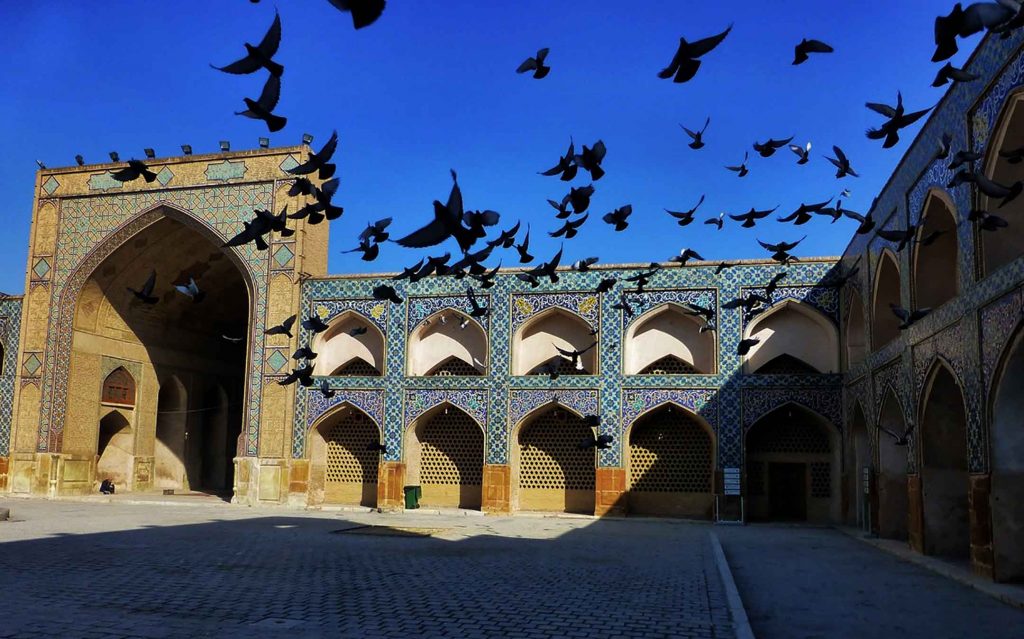
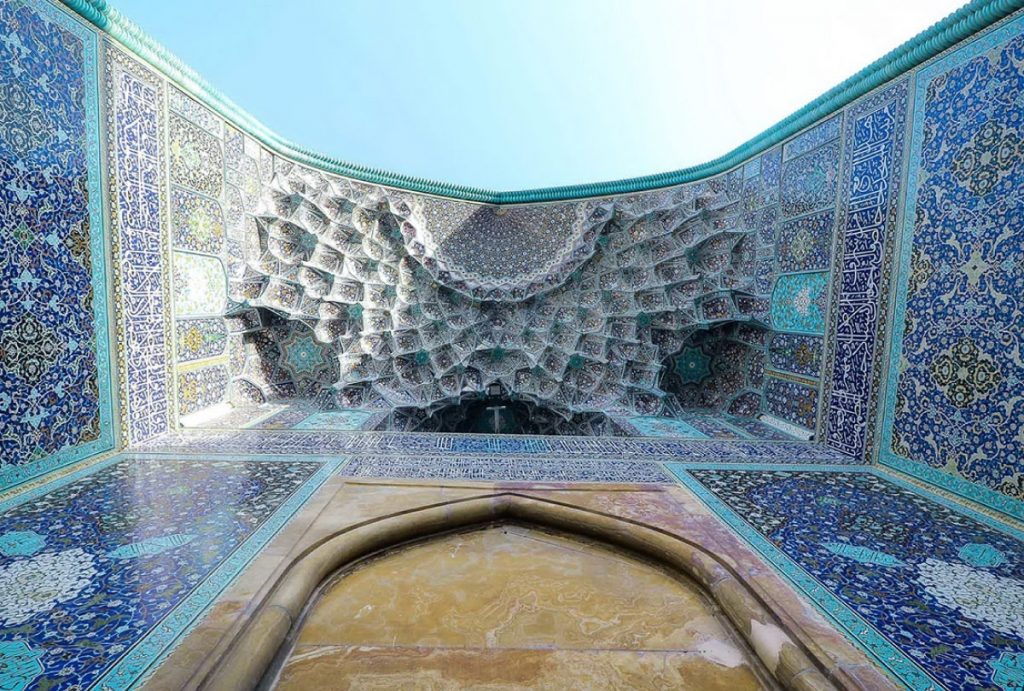
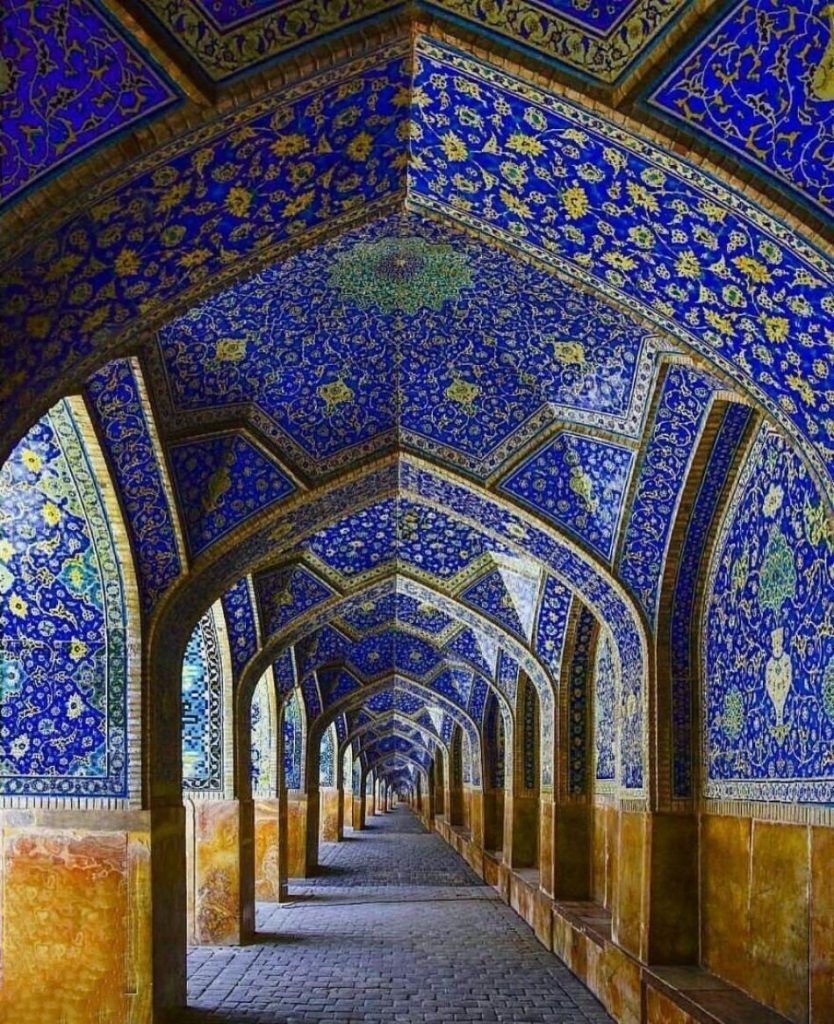
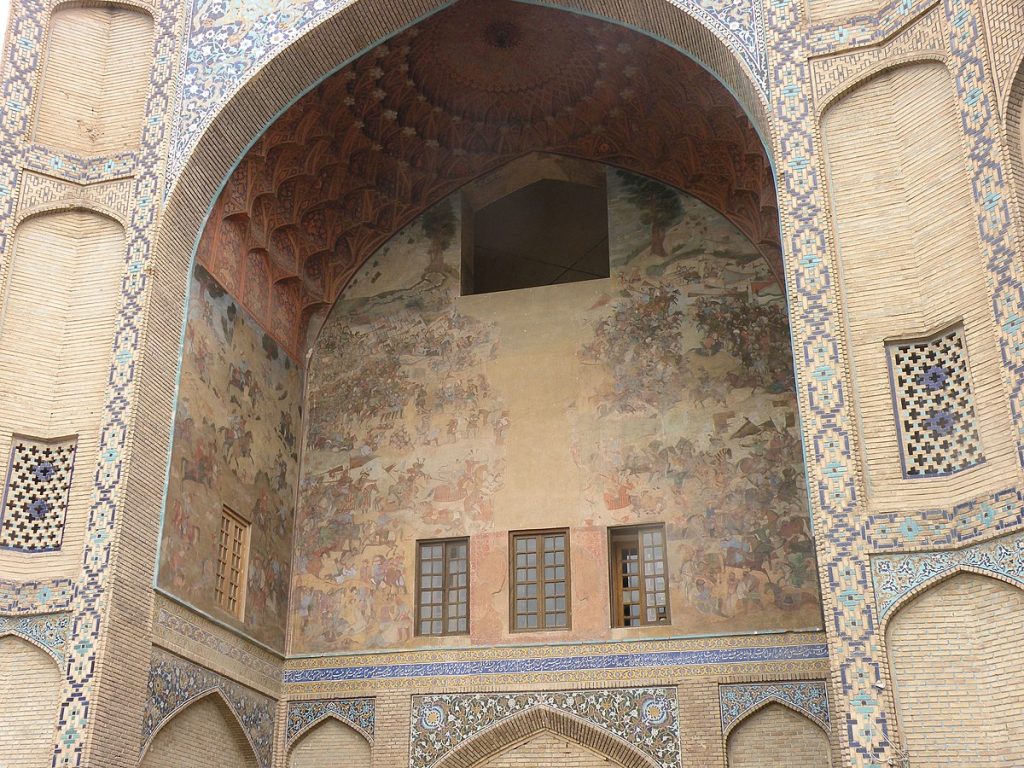
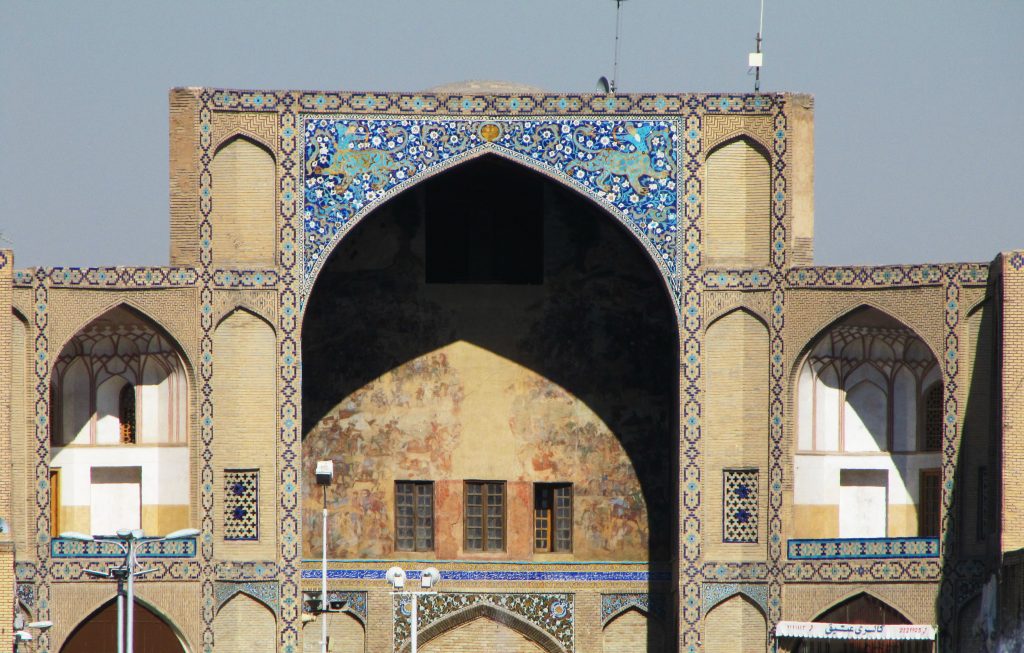
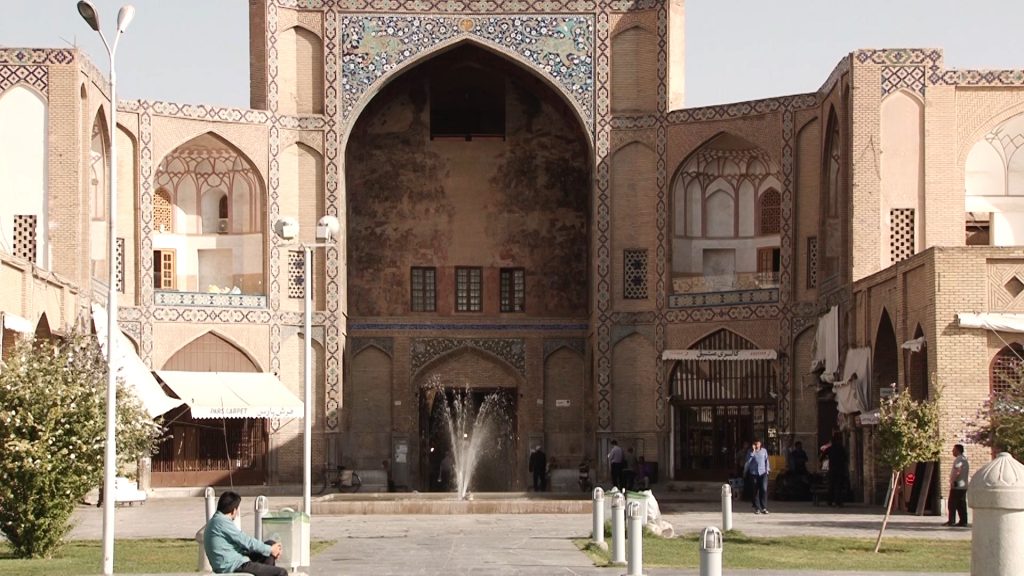
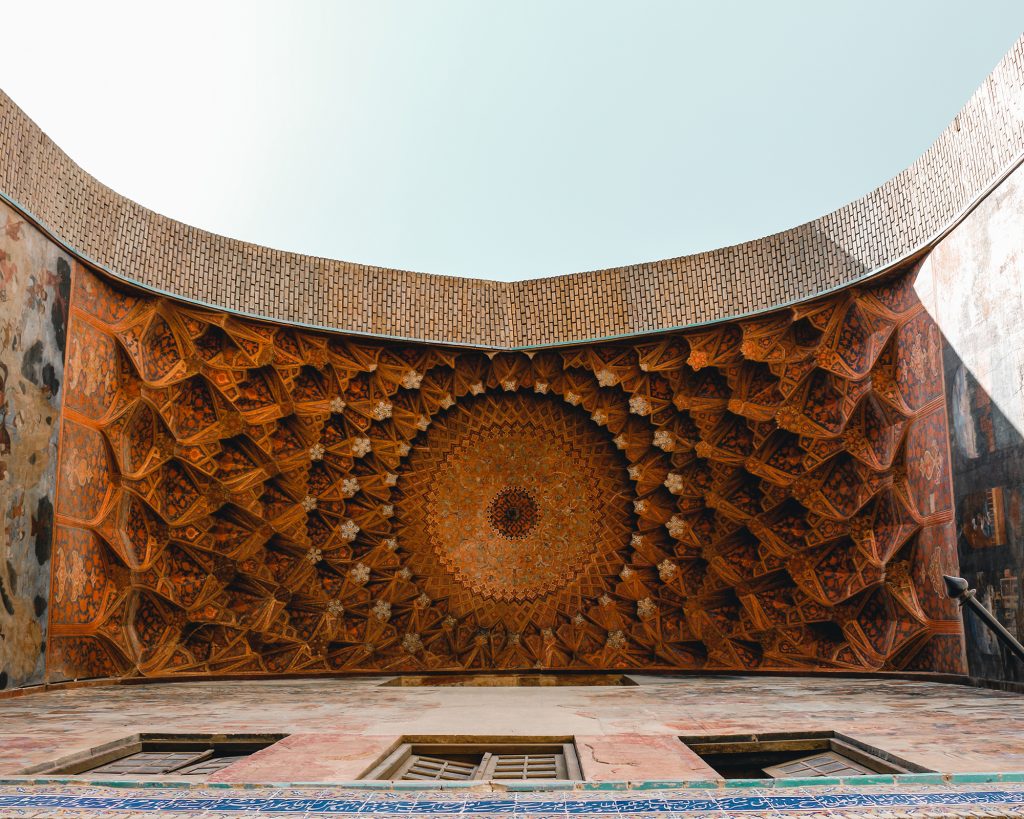
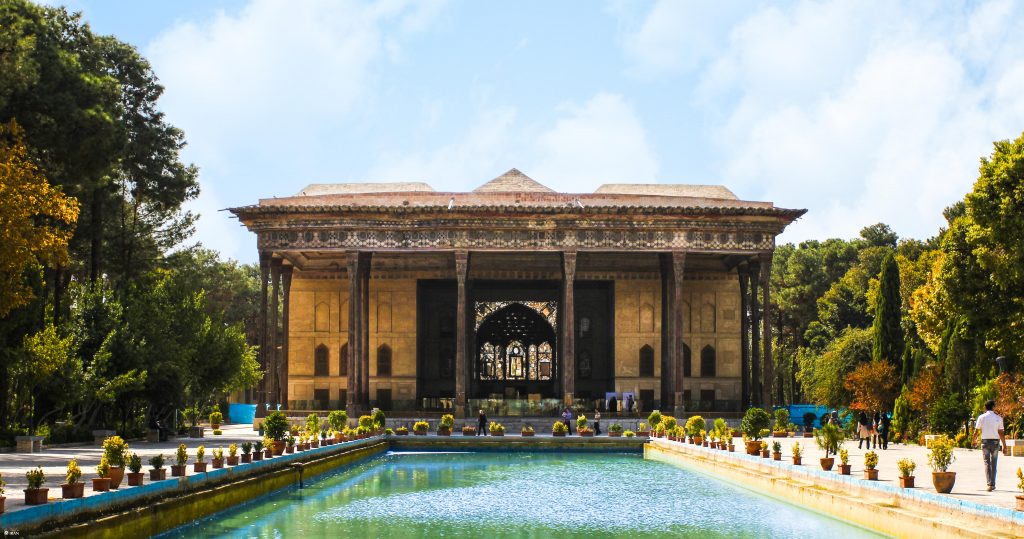
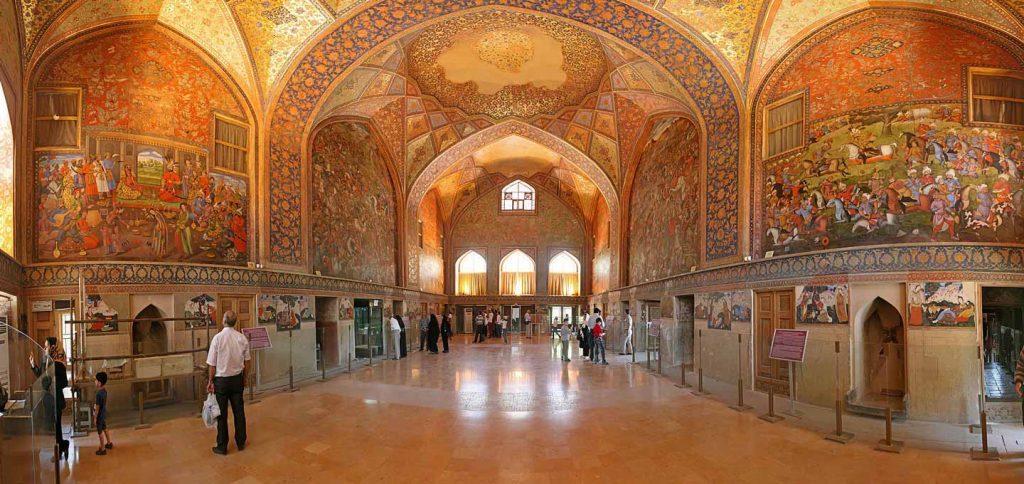
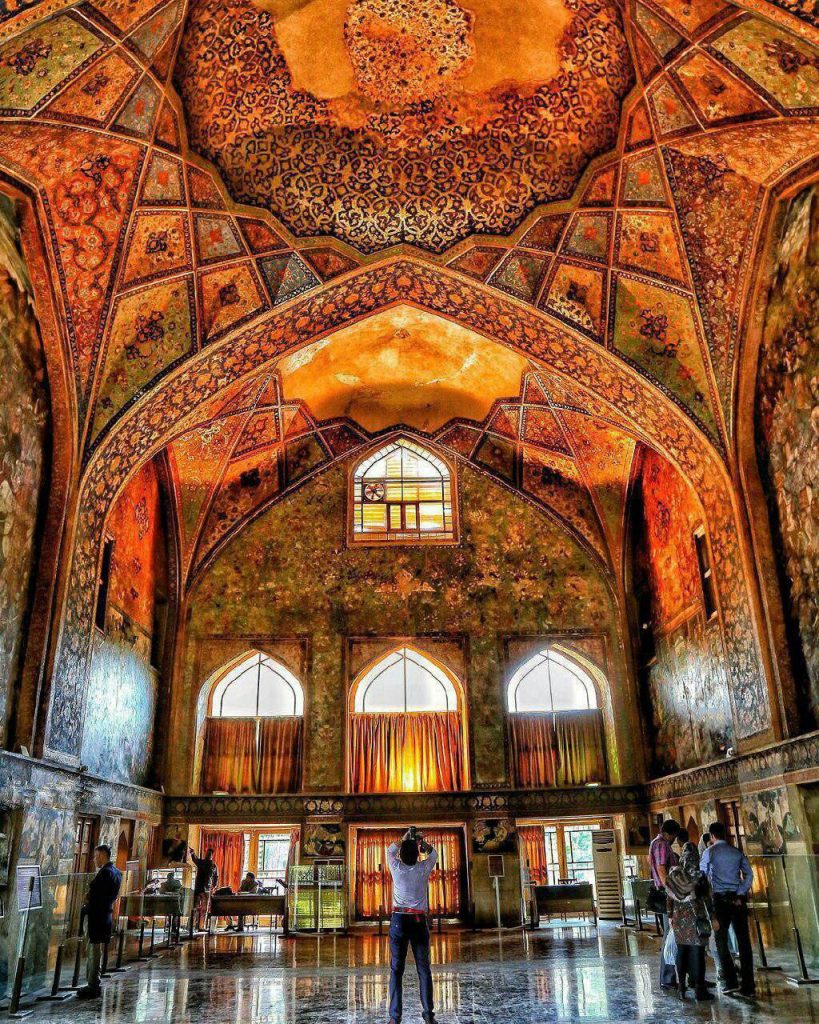
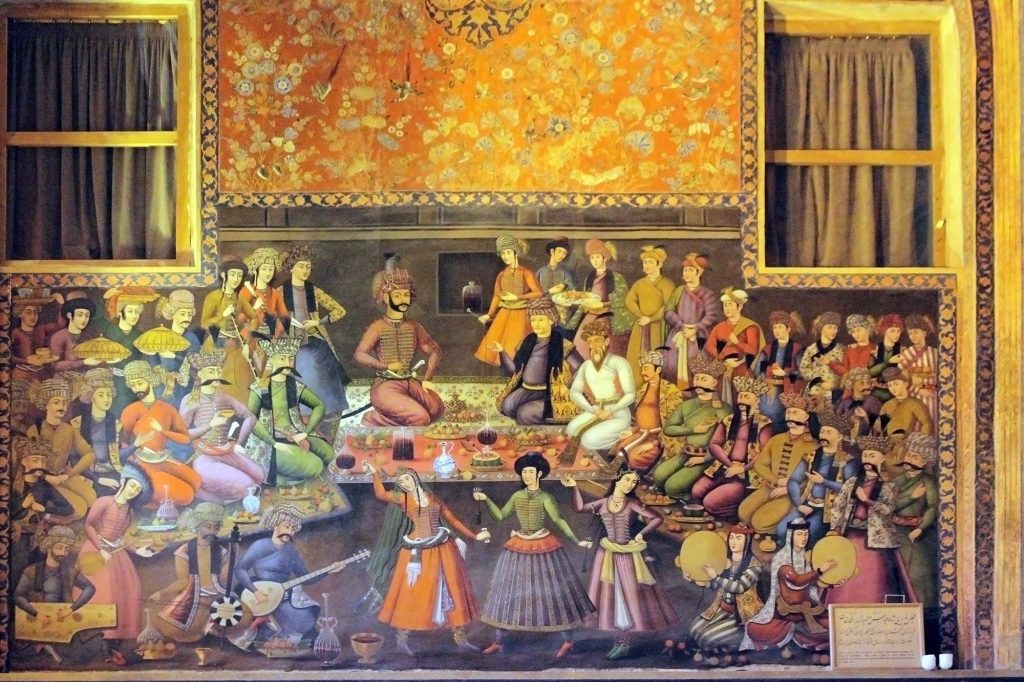
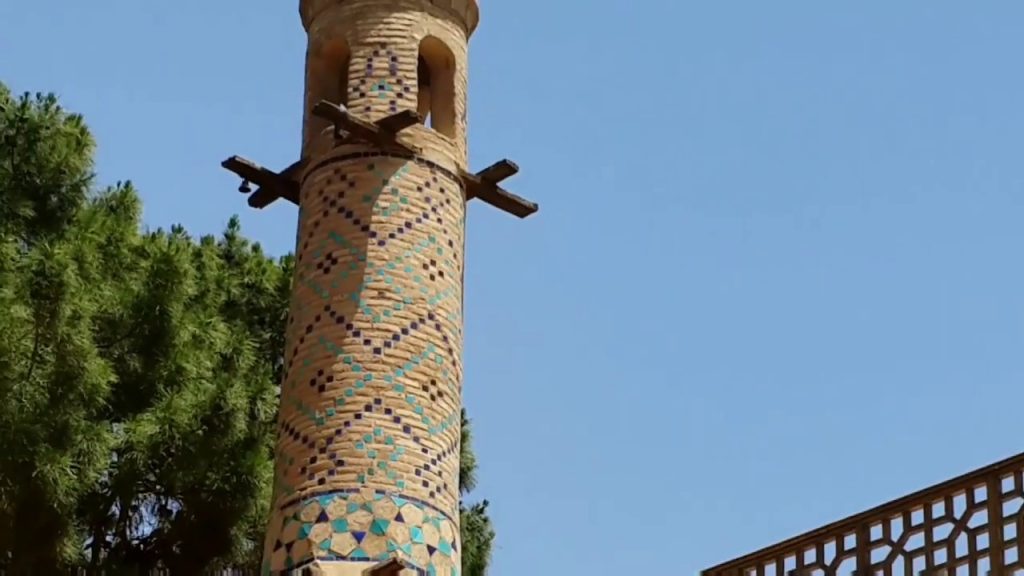
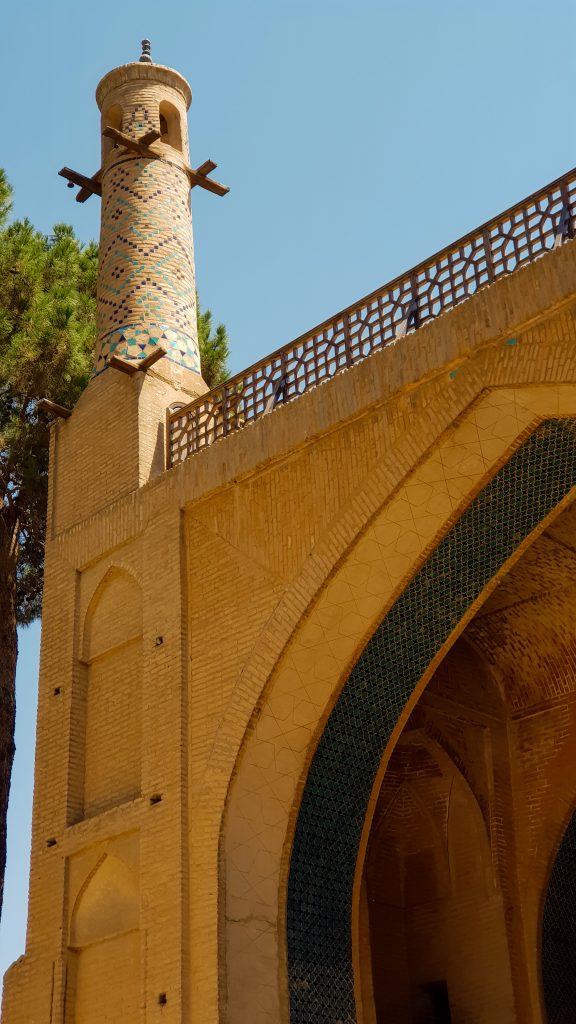
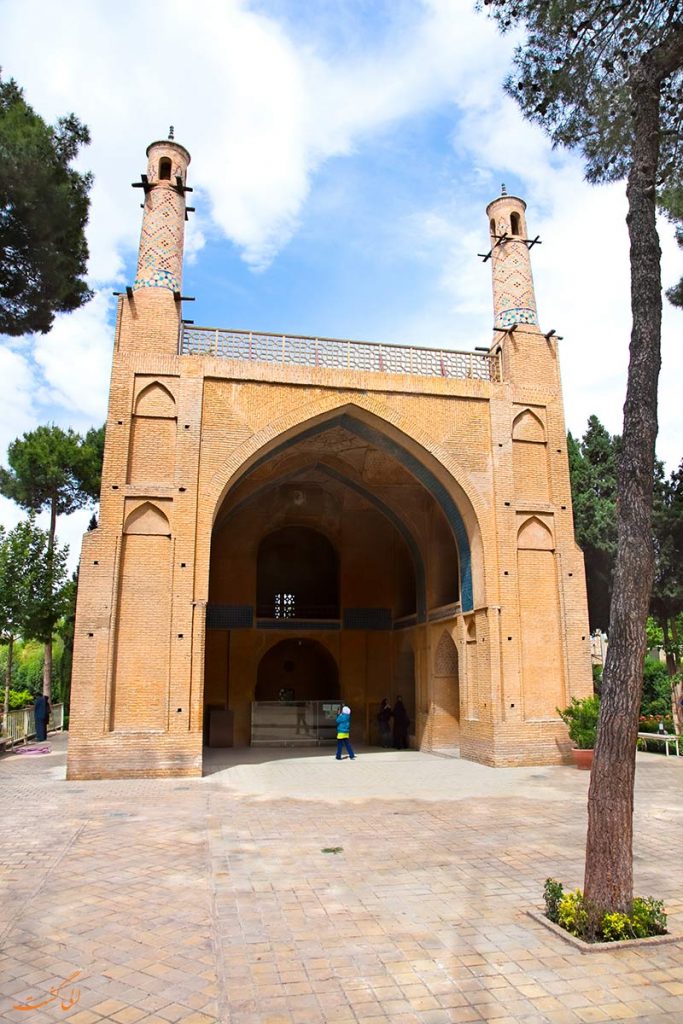
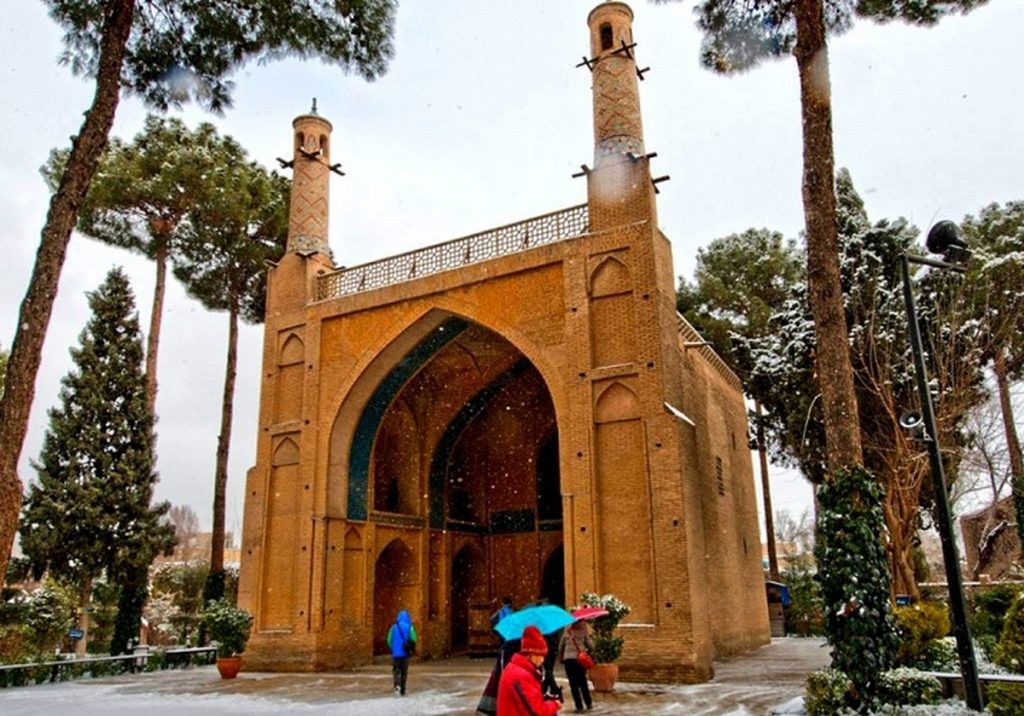
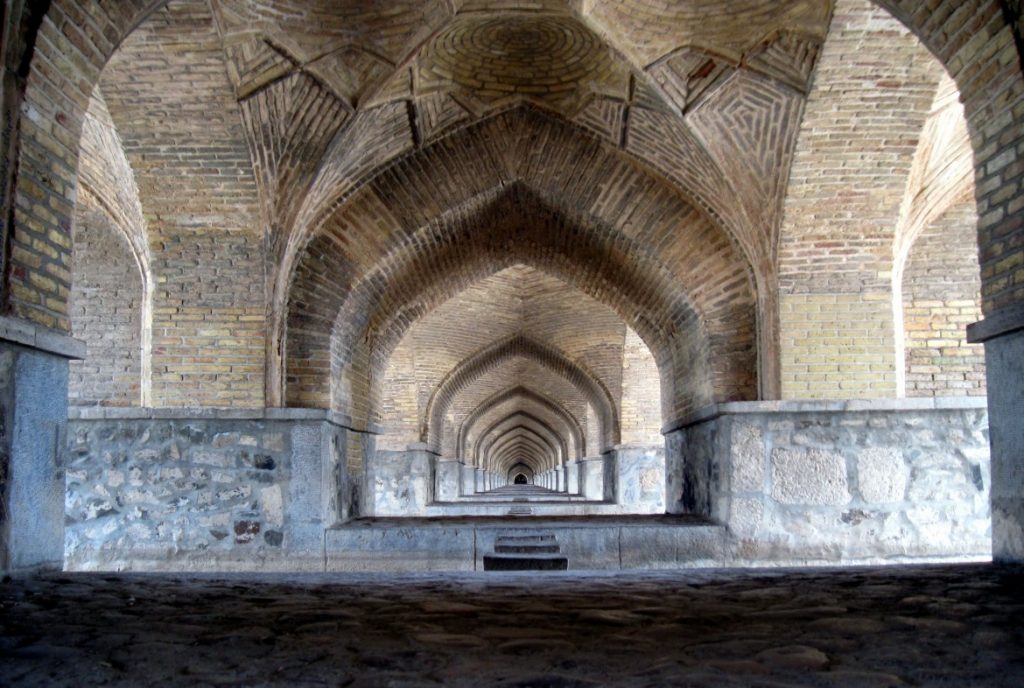
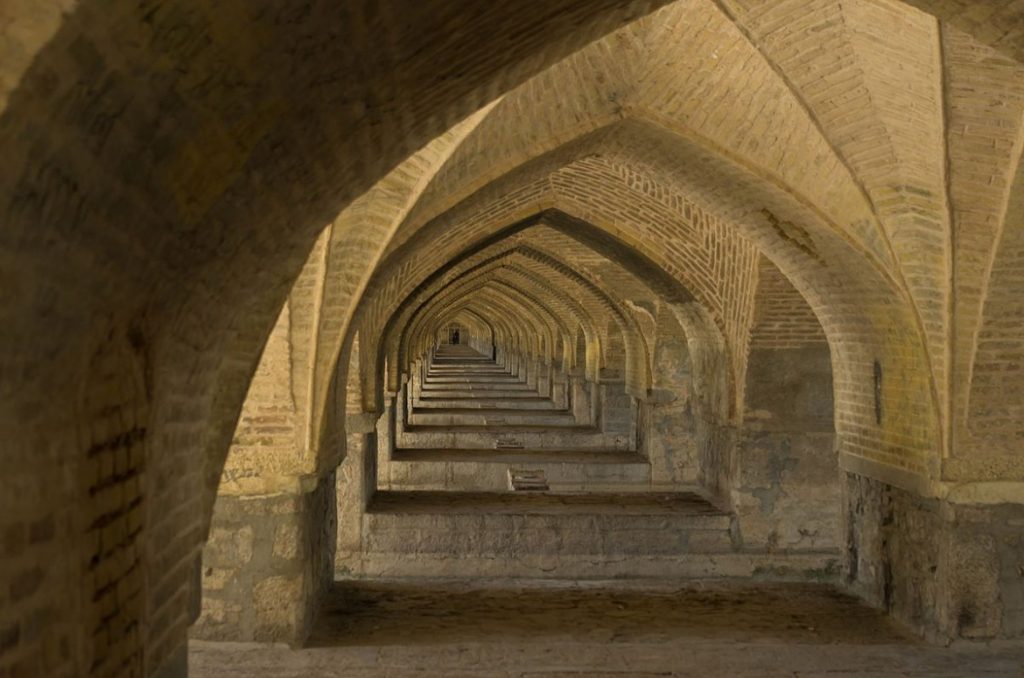
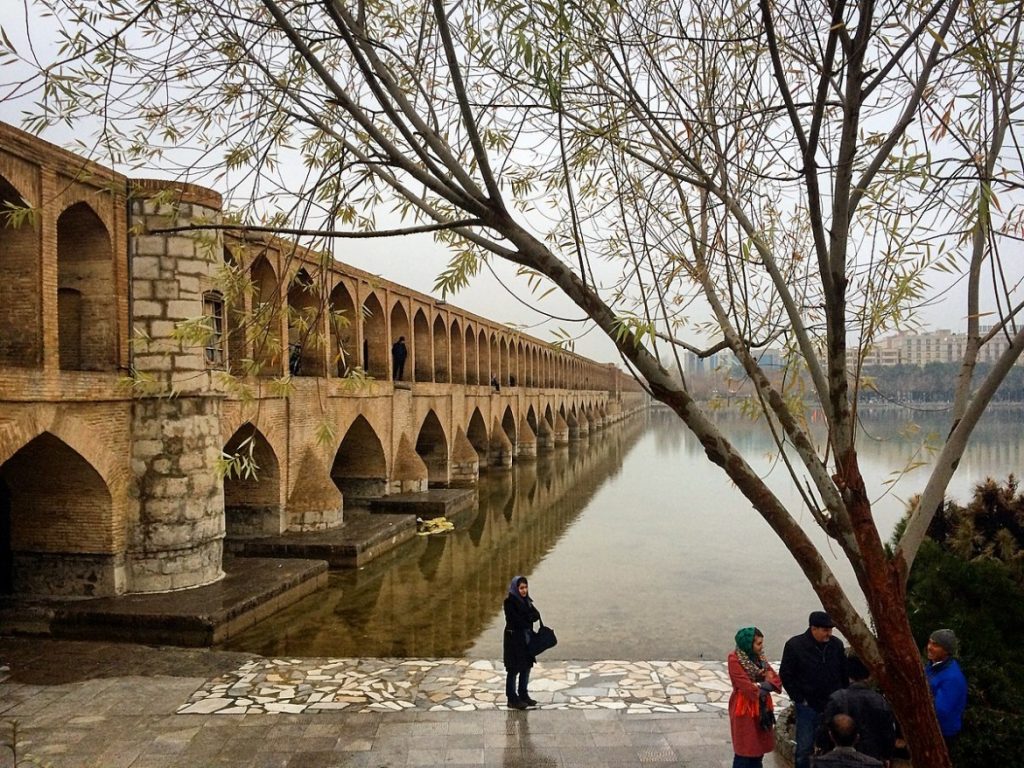
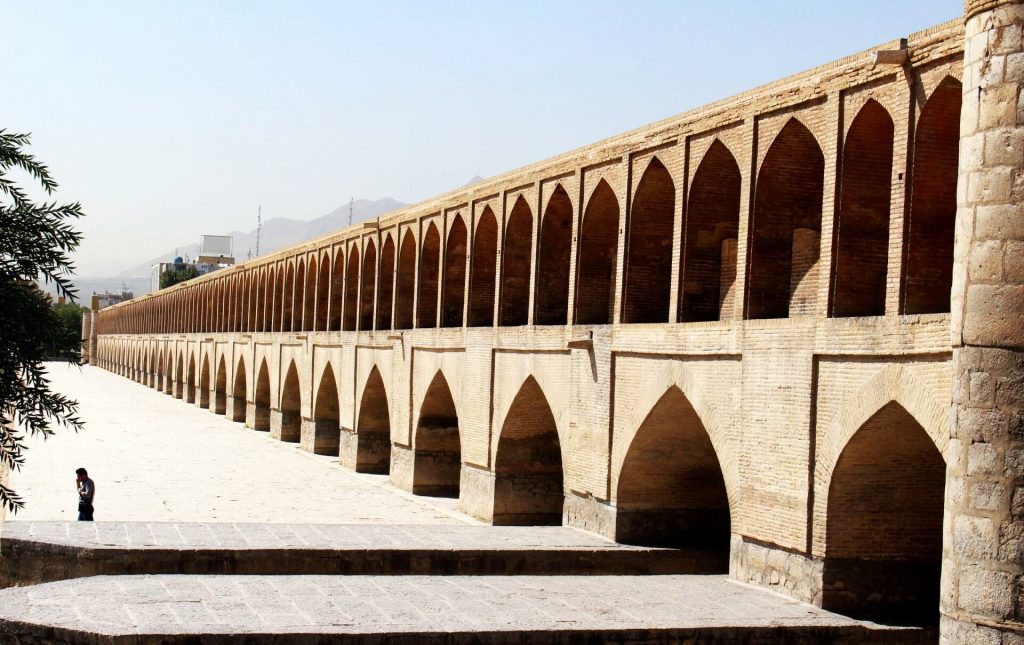
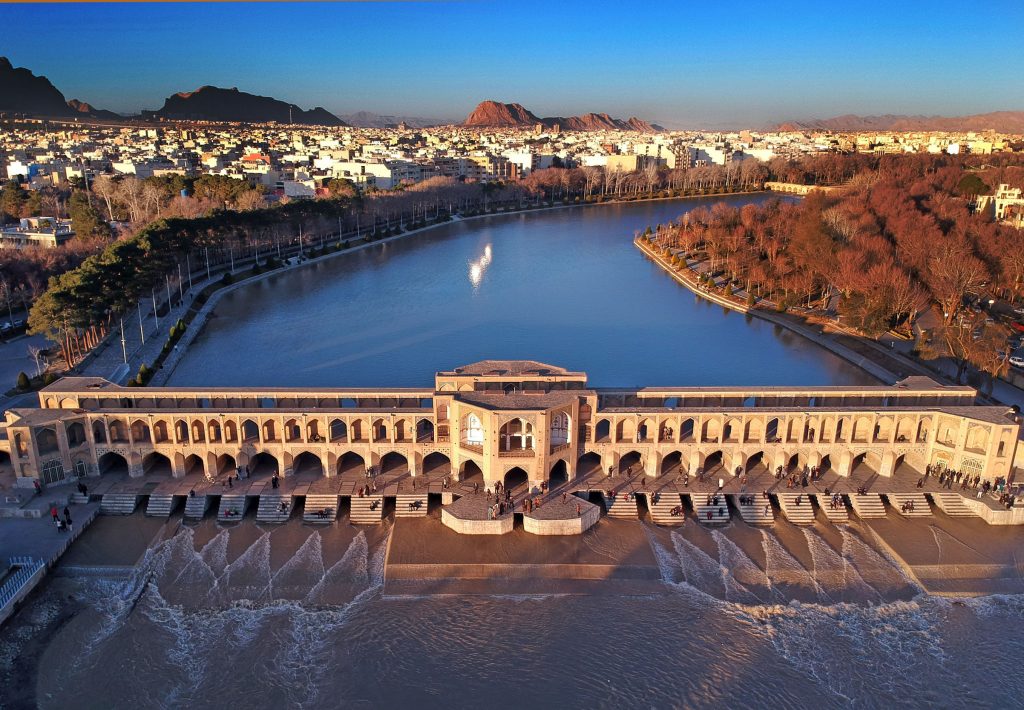
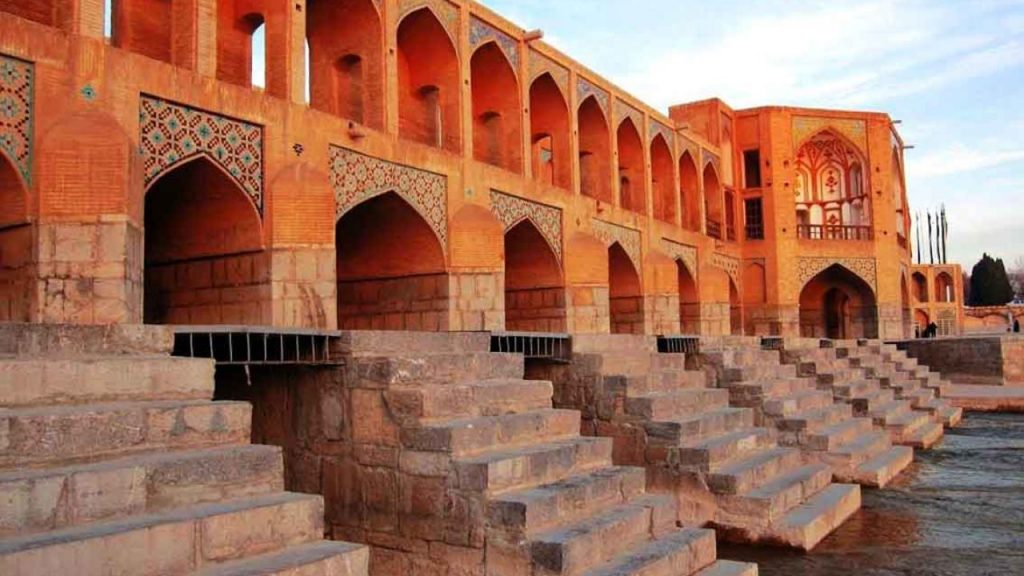
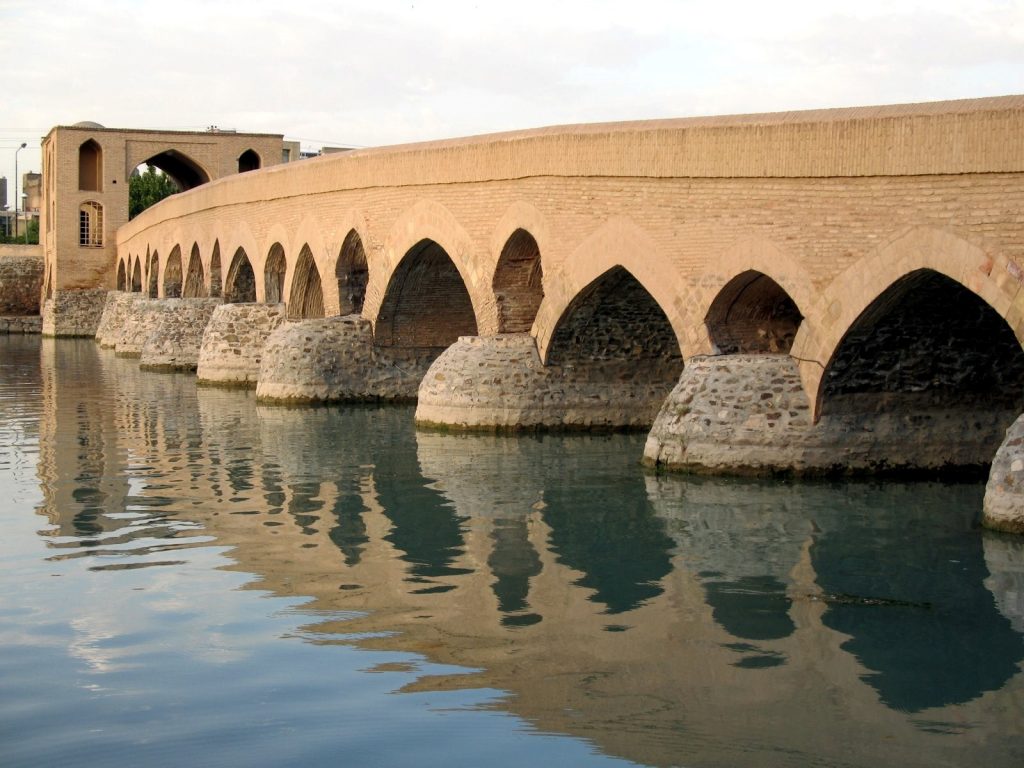
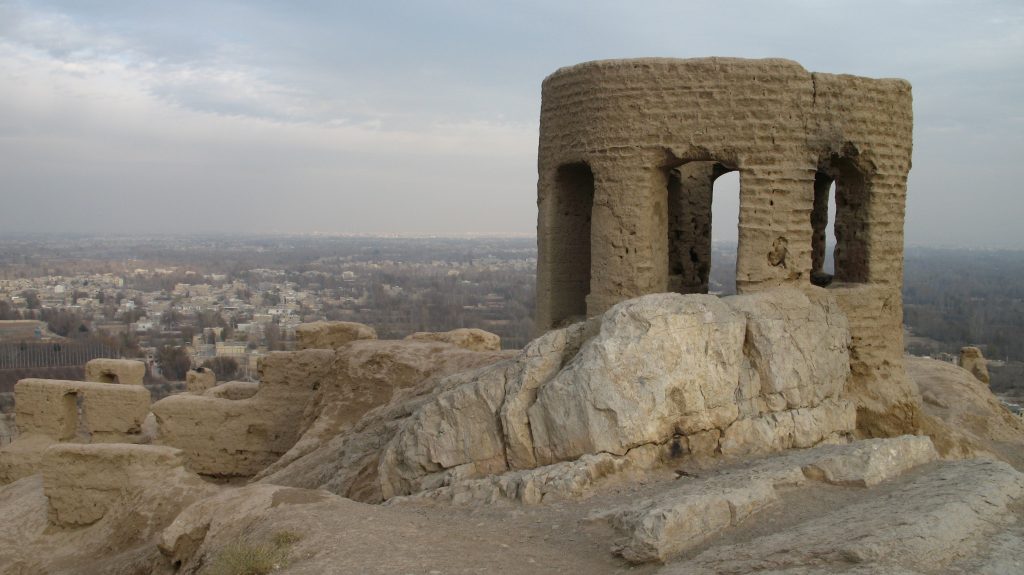
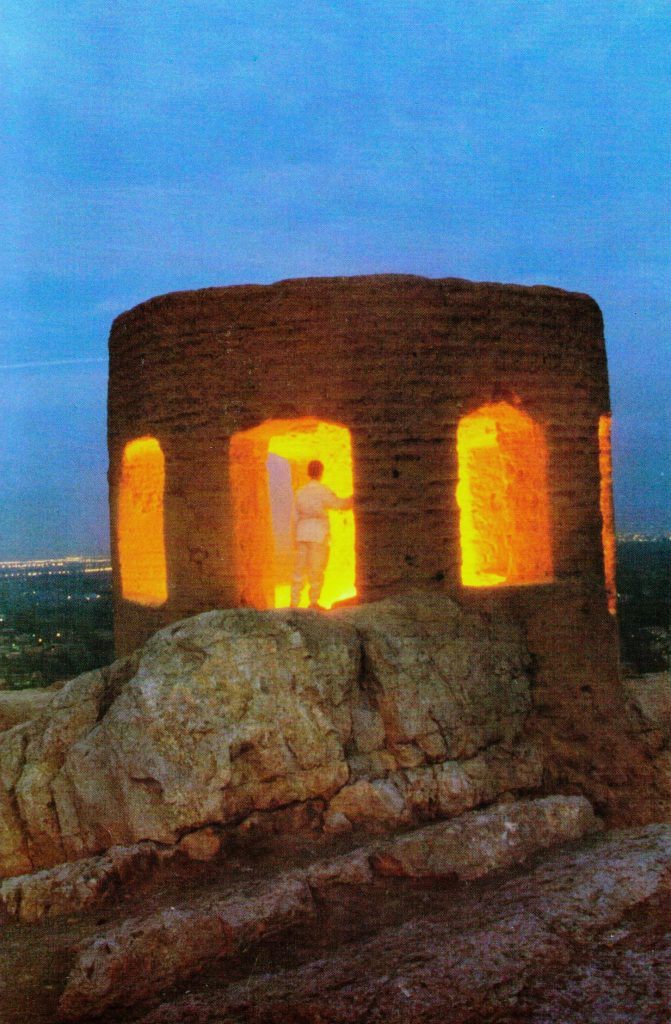
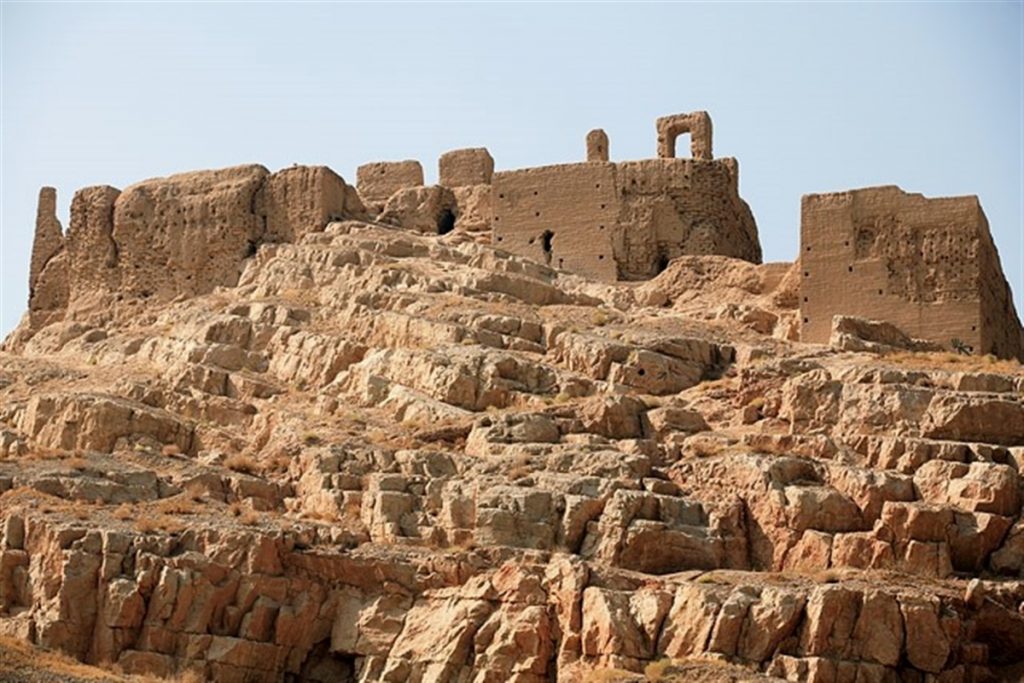
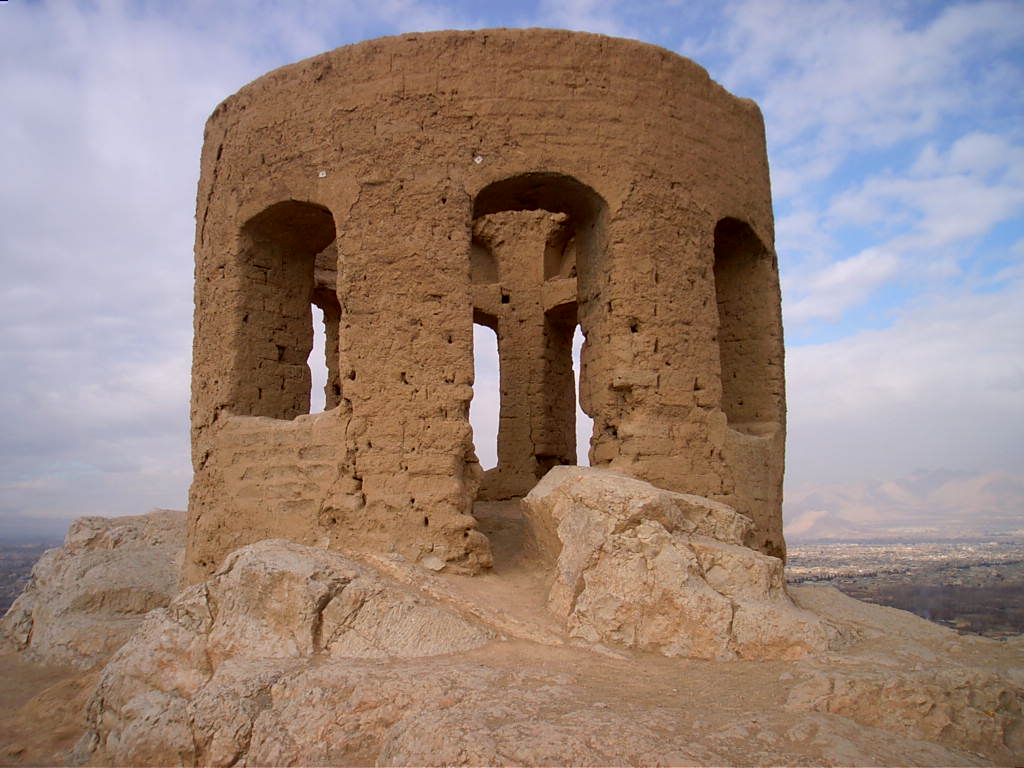

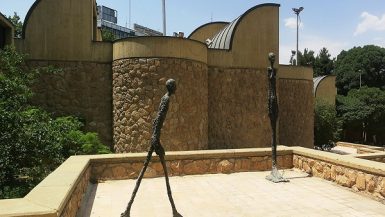
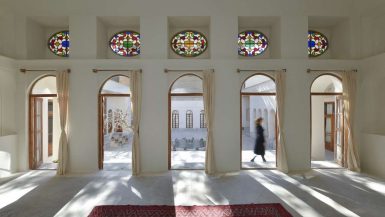
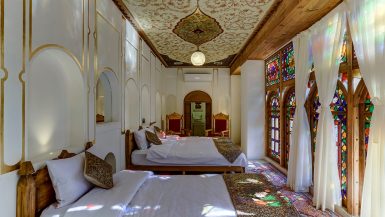
[…] Read more: Things to Do in Isfahan for History Buffs […]